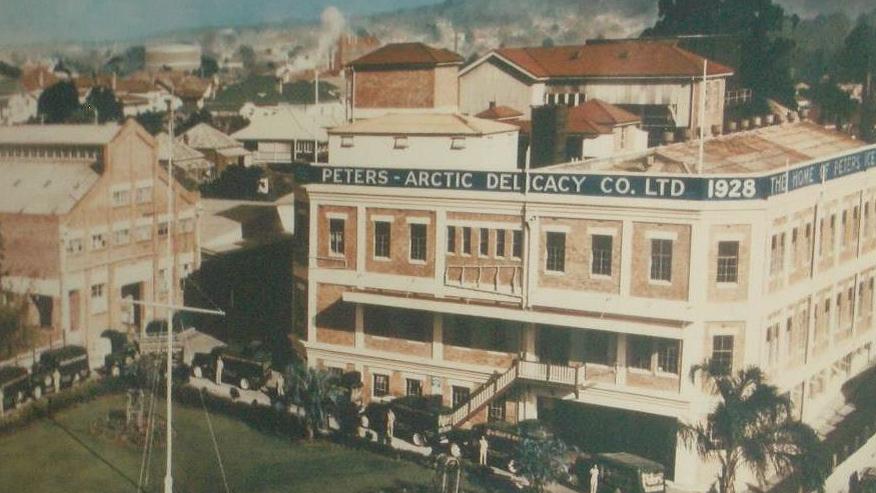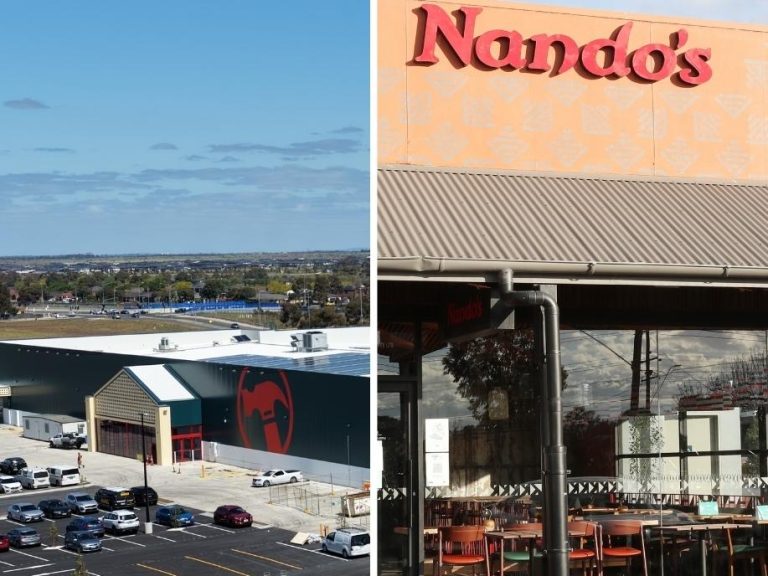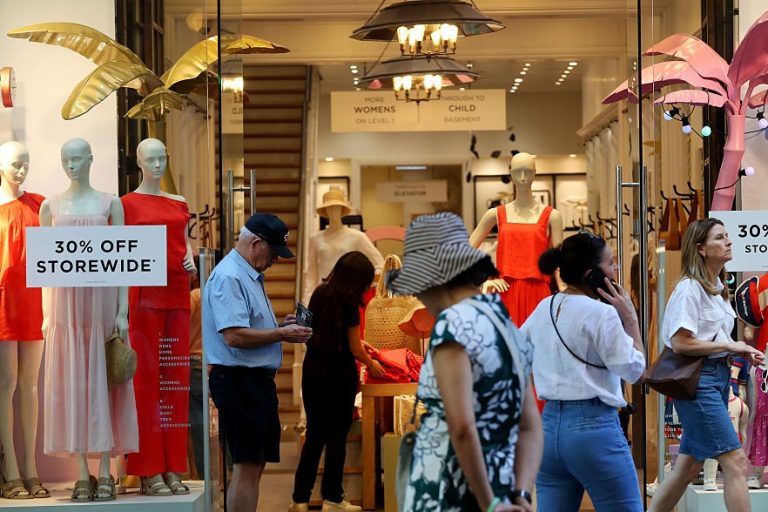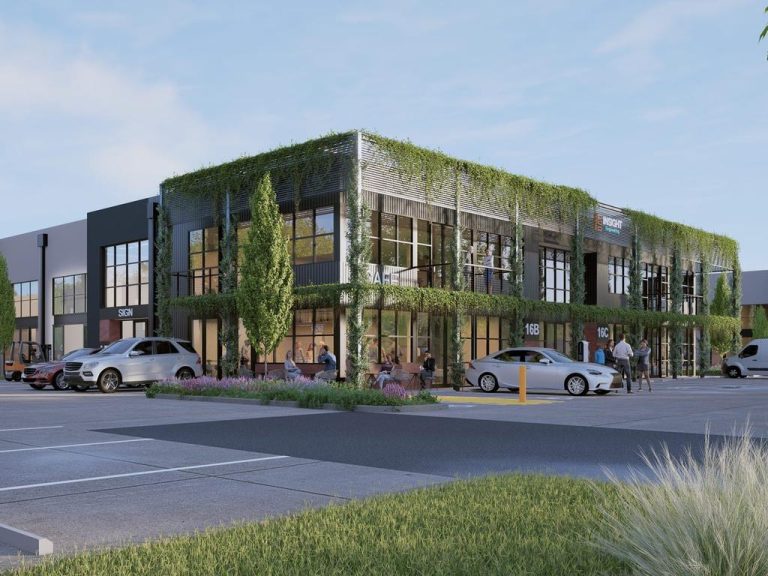Rundown Brisbane buildings given new life

Brisbane property developers are not shying away from challenging restoration projects, transforming once run down and decrepit historic homes, ice cream factories, dairy farms and even a mortuary.
With a focus on driving buyer demand, preserving and celebrating the city’s heritage is a main focus of new projects across the city.
Consolidated Properties executive chairman Don O’Rorke said buyers wanted to see historic buildings incorporated into the next wave of occupancy.
Commercial Insights: Subscribe to receive the latest news and updates
O’Rorke says at a cost of just over $10 million, three heritage listed buildings are being restored as part of Yeerongpilly Green, a $850 million riverside project under construction at Yeerongpilly.
A former mortuary will be incorporated into Yeerongpilly Green’s residential project site, a heritage Queenslander-style home currently serves as a sales and experience centre, and a heritage listed brick building, known as ‘The Institute’, is earmarked to be part of the shopping precinct, as a restaurant and outdoor dining area with a spot for live music.

A heritage home which is part of the Yeerongpilly Green project.
“Repurposing and restoring derelict buildings means buyers now get to enjoy them,” O’Rorke says.
Australian Heritage Specialists principal consultant Benjamin Gall says heritage places are often more than just ‘outstanding examples of architecture’.
“In the past 30 years we have seen more developers taking up the challenge of preserving heritage buildings by repurposing them, and with good reason,” Gall says.
Gall says adaptive re-use of old buildings could deliver a broad range of environmental and economic benefits.
“Brisbane’s record of adaptive reuse of heritage buildings rivals that any of anywhere in the world, with outstanding examples including the Howard Smith Wharves, the Gasworks precinct at Newstead, the Brisbane Powerhouse and the Teneriffe Woolstores,” he says.
“These preservation projects are important because a city’s heritage contributes enormously to its character and among other reasons, proven to benefit the economy through industries such as tourism.”
He says the industry has gone from a small number of architects with a passion for old buildings to multi-disciplinary teams comprised of historians, archaeologists, architects, engineers, planners and project managers who work collaboratively together to form some of the Australia’s finest commercial and residential precincts.

Renders of the proposed residential towers on Coronation Drive show the heritage listed home nestled at their base. Picture: PD Online.
Last week it was revealed the last grand 19th Century residence at Milton would be refurbished and incorporated into two high-rise towers, in a new proposed development on one of Brisbane’s busiest roads.
Maple Development submitted plans to Brisbane City Council for 57 Coronation Dr, showing two towers of 35 and 30 storeys each.
An existing heritage building currently occupied by a backpackers hotel would be ‘refurbished’ as part of the plans, with renders showing Bunya Flats nestled right beside the podiums of both towers.
At West Village, project director Andrew Thompson says the adaptive reuse of heritage forms within the West End development is a celebration of Brisbane’s living history.
At the heart of the $1 billion precinct is the heritage-listed former Peters Ice Cream factories.
“These industrial icons were in operation for almost 70 years and represent a valued part of Brisbane’s history,” he says.

West Village is a 2.6 hectare urban renewal development being established by Sekisui House Australia in Brisbane’s West End. (Inside the Peters Cone Factory now).
The 2.6ha urban renewal development, being developed by Sekisui House Australia, incorporates a former ice cream factory. Factory 1 now houses an art gallery and events space. Factory 2, the former cone factory, houses a range of commercial tenants, including the Queensland head office of Sekisui House Australia.
Gall says Thornclyffe at Kangaroo Point, which Australian Heritage Services worked on, was an example of how heritage buildings could be preserved and enhanced through a balanced approach to development.
“In this case, a heritage place was restored to its former glory while the surrounding new development was balanced between existing heritage values and the zoning of the site,” Gall says.
Listed on the Brisbane City Council Heritage Register, Thornclyffe was built in 1886 and a late 19th century upper-middle class residential building.
“We spent several months researching and recording every aspect of the building to ensure a detailed report of the house would be available for future generations, before any works commenced,” Gall says.

Murphy’s Dairy prior to its renovation.

The Ashford Residences sales centre, post Murphy’s Dairy reno.
An old homestead at Everton Park, known as Murphy’s Dairy Residence, will be incorporated into Ashford Residences.
The heritage-listed Queenslander, built around 1910, is currently operating as the Ashford Residences sales centre but is planned to be fully restored and offered for sale as a heritage family home.
Mirvac general manager of residential development in Queensland, Warwick Bible, says the property group is committed to not just preserving, but celebrating, the existing heritage home.
As one of Queensland’s largest heritage firms, Australian Heritage Specialists alone is involved in approximately 60 to 80 restoration and adaptive re-use projects in the public realm each year within southeast Queensland.
This article from The Courier Mail originally appeared as “Decrepit heritage-listed buildings revamped as part of new projects”.







